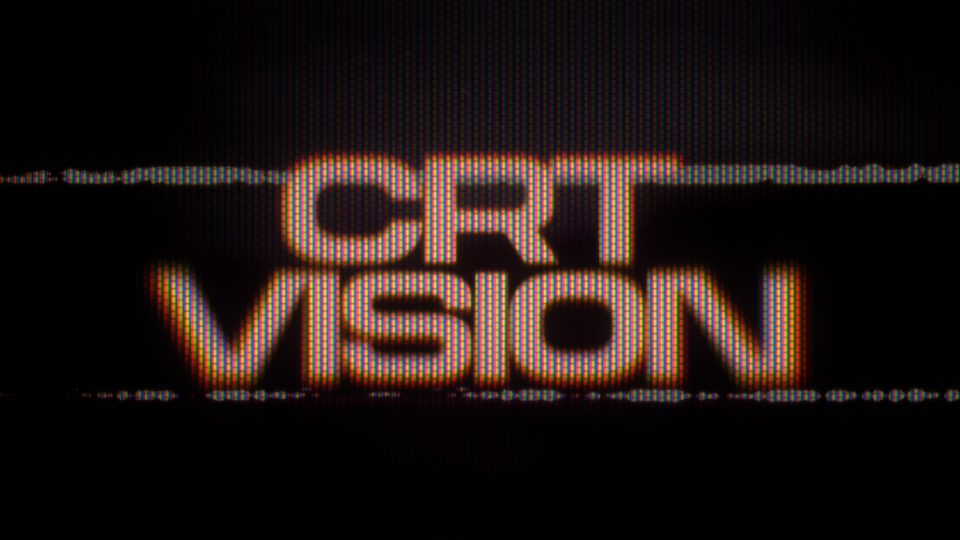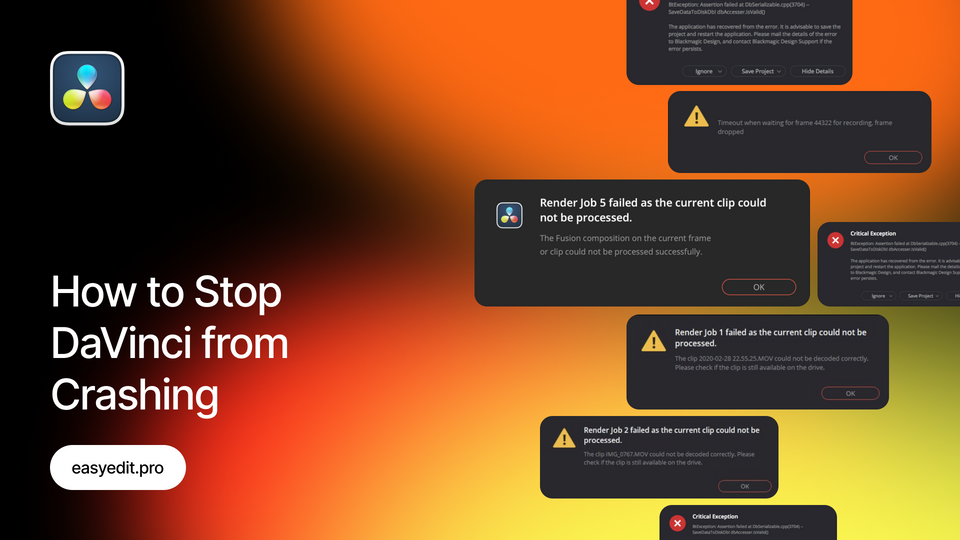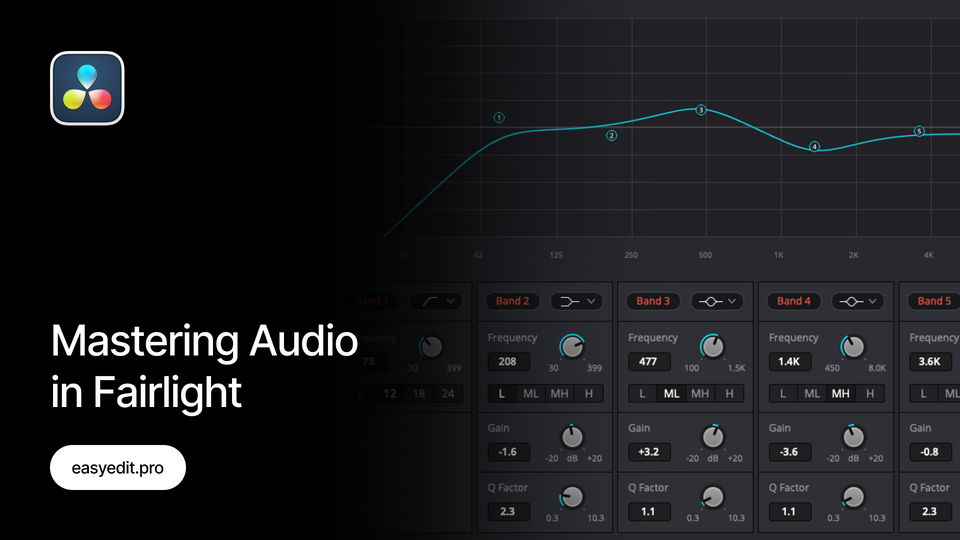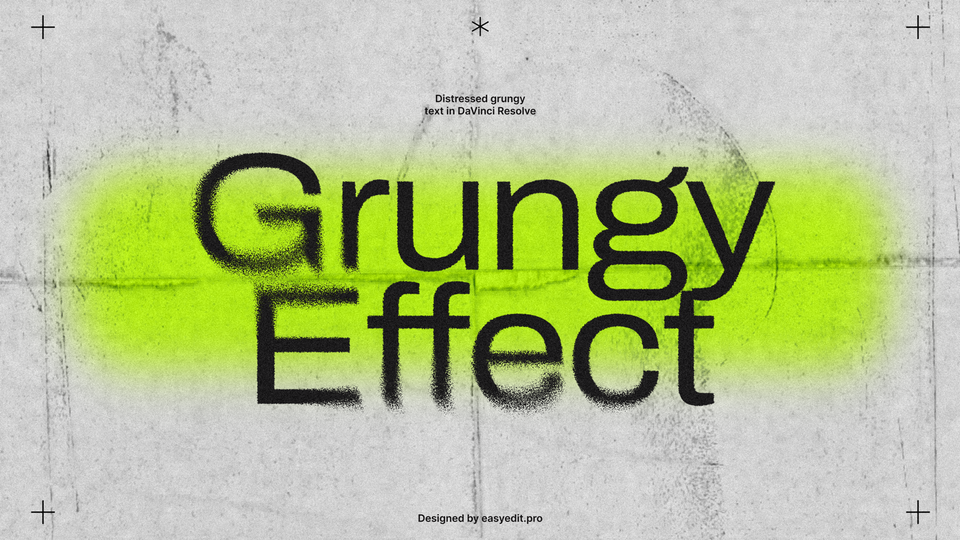
Created: 2 years ago
How to Use Compound Clips in DaVinci Resolve
Compound clips are created to ease the editor’s job - by using them you can animate and color grade multiple media files, add effects and transitions to anything united in the clip.
Compound Clip can contain videos, images, backgrounds or any layers you create in the timeline. Such clips will make your timeline look much tidier and easier to navigate.
How to create a Compound Clip
To unite multiple files into the Compound Clip, select them, right-click on one of them, and choose New Compound Clip.
Here you can name the clip and set its timecode.
After the clip is created, it turns all your selected media files into one clip, which you can move on the timeline, animate and apply effects to.
Additionally, you’ll have the newly created compound clip in the media pool, so you can quickly access it from there if you’ve deleted the clip from your timeline.
How to change the content of Compound Clip
In case you need to remove or add any media to the Compound Clip you’ve already created, you can easily do it via timeline or media pool.
To change the content of the Compound Clip, right-click on it and select Open in Timeline.
DaVinci Resolve will open a new timeline with all media files united in the clip. Here you can edit them, remove or add new files.
After you’ve applied changes, just double-click on the main timeline name below the work area to go back.
How to apply effects on Compound Clip
Applying any effect on your Compound Clip is as easy as applying effects on your regular clip.
To do this, just drag the effect on your clip and it will be applied to all layers inside of it.
Pay attention, that effect would be applied to everything inside of the Compound Clip. If you need to apply an effect on the specific media file inside, such as a video, you can simply open Compound Clip in timeline and apply the effect to separate video.
How to apply transitions on Compound Clip
Placing transition will depend on your Compound Clip’s length. If it’s long enough, you can simply drag the transition on top of your clips.
If the clip is short, you’ll need to open it in timeline by right-clicking on it and selecting Open in Timeline.
Here you’ll need to make Compound Clip longer, by selecting all the files and expanding them.
After that, get back to the main timeline and select Trim Edit Mode(or T key) and roll the Compound Clip forward, so it’s length intersects with another clip on your timeline. Here you can apply the transition between your Compound Clip and another clip.
Additionally, Compound Clip will allow you to apply multiple transitions between two clips.
To do that, apply the transition between the clips and unite everything into a Compound Clip.
Here, you can cut the clips in two again and apply the next transition on top, making a complex transition.
How to animate a Compound Clip
As easy as applying transitions and effects, you can animate several layers inside of the Compound Clip.
After you’ve selected the layers you want to animate and united them into a clip, you can go to the Inspector and apply the properties you want.
To create complex animation inside of the Compound Clip, for example, if you have multiple text layers and you need just one of them to be animated differently, you can open Compound Clip contents and apply the properties you need to the specific clip.
How to work with Compound Clip in Fusion and Color tabs
The same way as editing Compound Clip in the Edit tab, we can open it in Fusion or Color tab to add Nodes or do the color grading. To open the clip in Fusion, just select it and click on the Fusion tab.
Here you can add new Nodes to the Compound Clip and the changes will affect all media files inside.
The same goes for color correction - if you apply color LUTs to the clip, each media file inside will get the same grading.
To color grade the specific media file, you’ll need to open the Compound Clip contents and access the file(right-click on it and select Open in Timeline).
How to remove a Compound Clip
If you need to delete a Compound Clip, you can quickly do it via the timeline.
Just right-click on the clip and select Decompose in Place>Using Clips Only.
This will take apart every media file inside of the clip into separate layers.
Still, you’ll be able to access Compound Clip in the media pool - if you drag it to the timeline, you’ll get all the composed files back.
To Sum Up
Hope this guide was useful!
If you’re looking for more DaVinci Resolve tutorials, check out our Educational Blog.
Here we’ve collected such guides as DaVinci Resolve optimization, the main mistakes beginners make in DaVinci, how to export, change framerate, or use LUTs in DaVinci Resolve!
Unlock unlimited templates for DaVinci Resolve - join EasyEdit Stock to get the highest quality LUTs, transitions, text effects, and more, with assets updated daily!
10k elements for Reels and Stories
Looking to add a splash of creativity to your Instagram stories and reels? You're just a click away! Discover our iOS app infi: packed with 10,000+ unique stickers and design elements to breathe life into your social media content.







